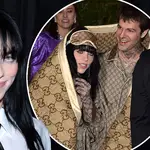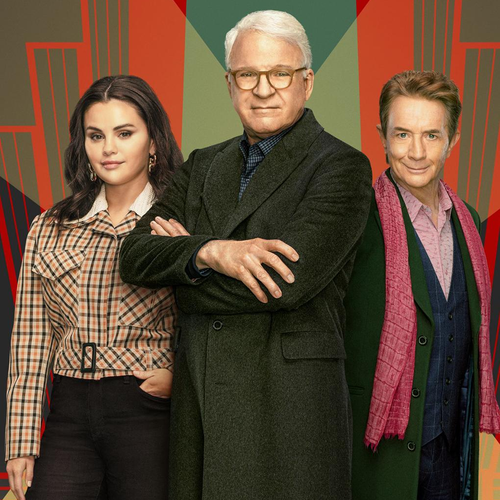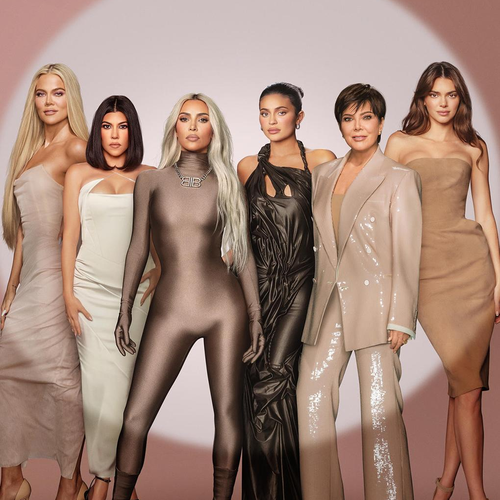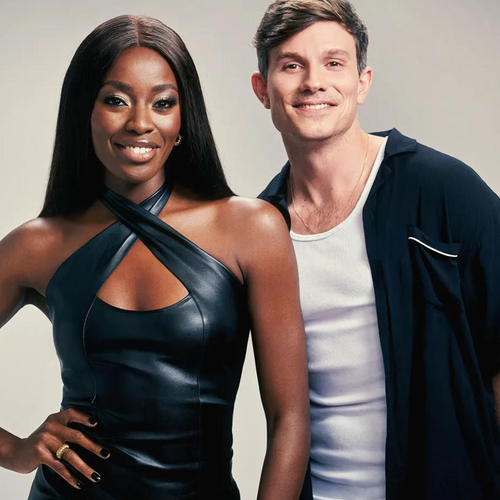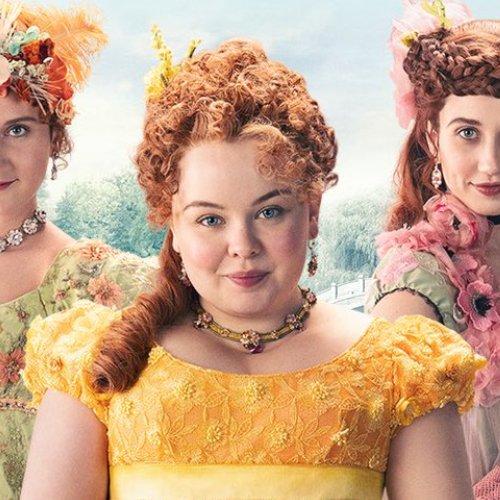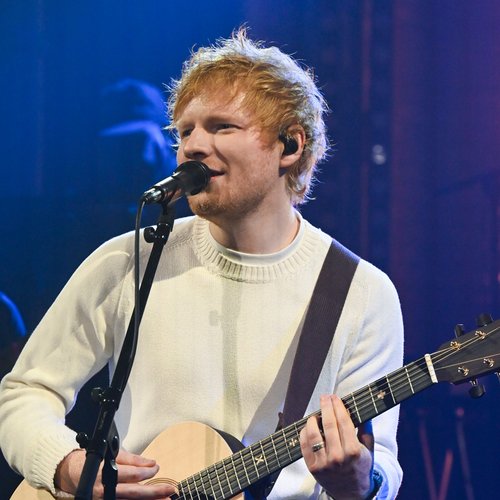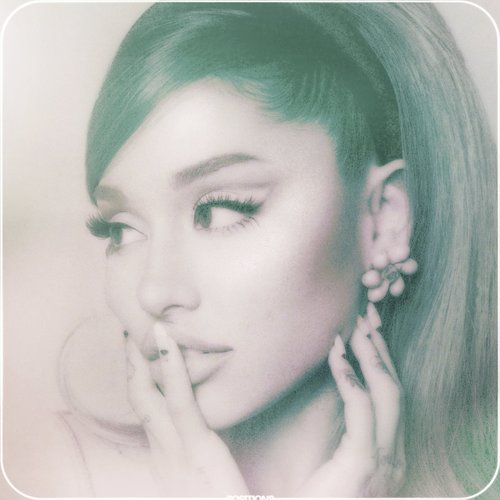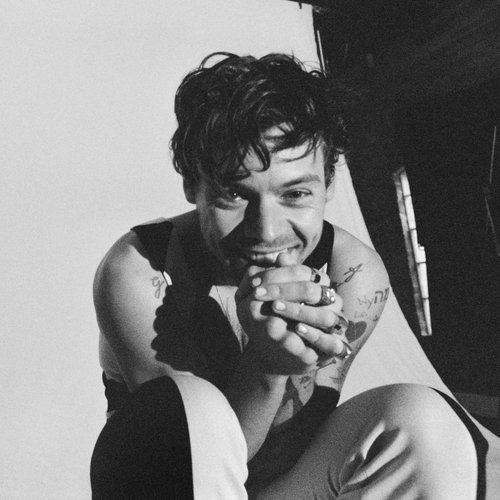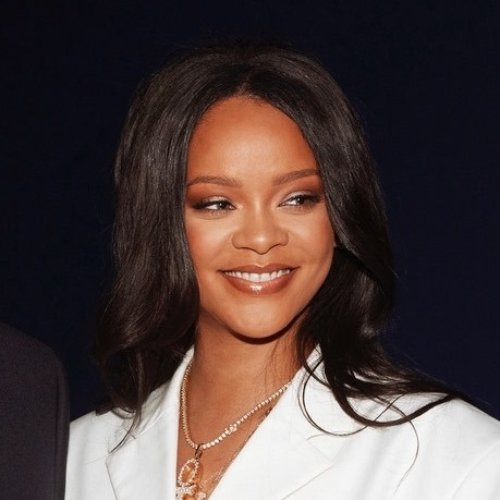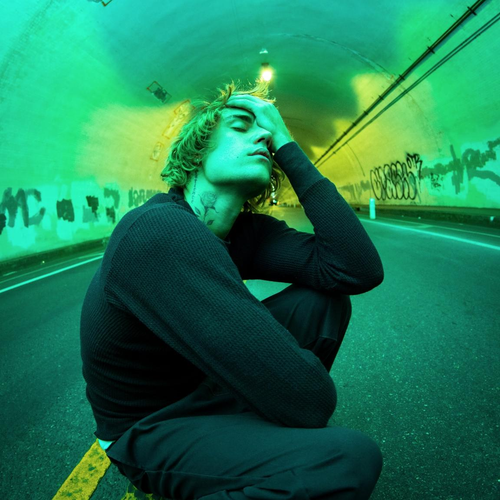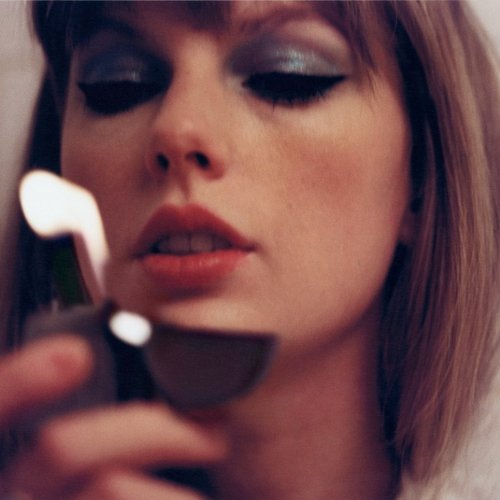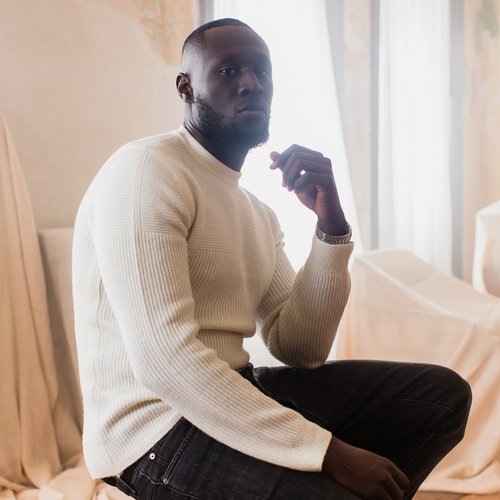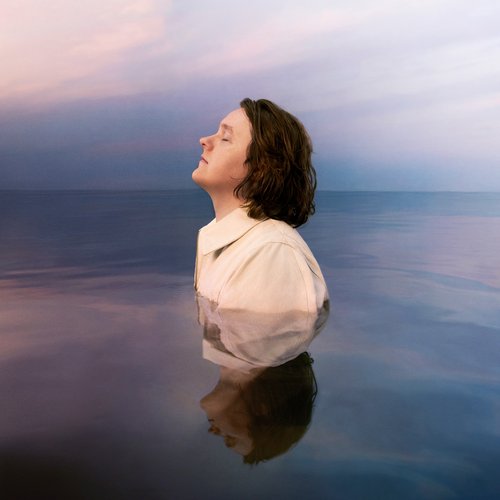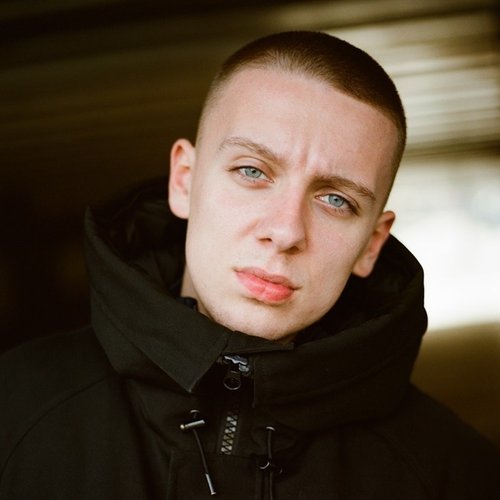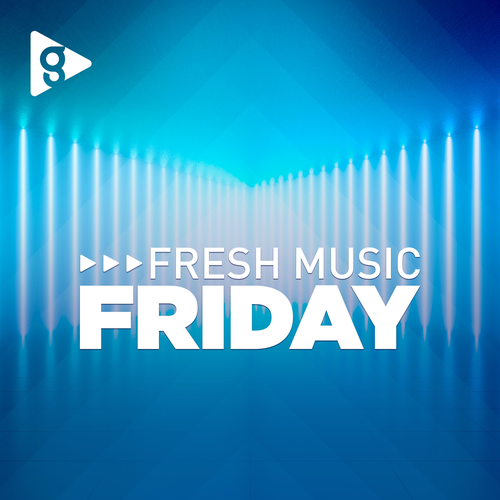The new Game of Thrones opening credits includes HUGE details you probably missed
16 April 2019, 08:54
Eagle-eyed fans noticed something very important in the new opening sequence for Game of Thrones.
Game of Thrones is back for its eighth and final season, kicking off in the US first on Sunday and airing in the UK last night (Monday, April 15).
Those lucky enough to have already seen the new episode immediately took to Twitter to share their thoughts on the chapter entitled 'Winterfell', along with funny memes, ofc.
But what most people are talking about isn't the episode itself, but the new opening credits. Yes, that's right - the show's creators have introduced new graphics to the opening sequence (don't worry, the theme tune is still the same).
READ MORE: Here's a quick refresher on how Dany and Jon Snow are related
**WARNING: Spoilers are coming**
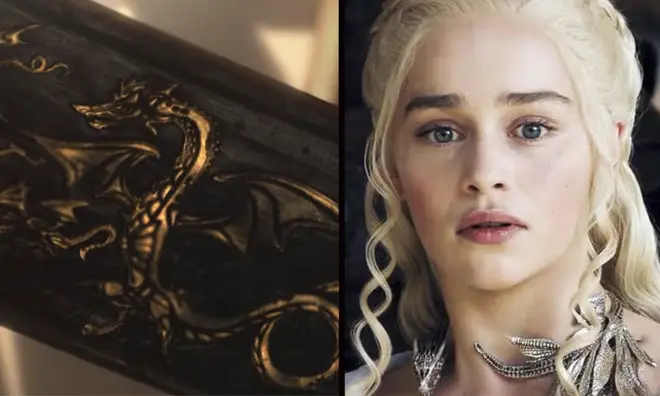
Now, the opening credits have always changed ever-so-slightly, depending on where the story was set at that time. You'll recall that when Daenerys was conquering Slaver's Bay, Norvos and the like, those locations appeared on the map at the start of the show, to help us understand where everything sits in relation to Westeros.
However, the new graphics created by production company Elastic (responsible for The Crown, True Detective and West World's opening credits) are completely different and brand-spanking new. Not only are the graphics super sophisticated, eagle-eyed fans spotted these incredible, but subtle, details on the iconic astrolabe.
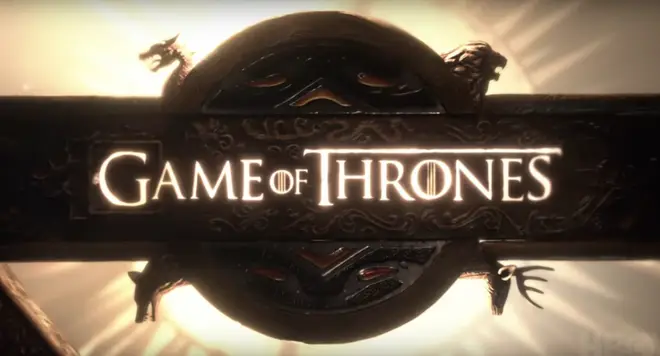
The new sequence begins where season 7 ended: The Wall. Instead of the huge block of ice we're used to seeing, it has now got a gigantic hole in it, from when the Night King got the Army of the Dead's new zombie dragon to breathe blue flames on it.
We then move along to the Last Hearth, which is the closest point to The Wall. While the stronghold in the North hasn't been of much focus throughout the series, it plays a very significant part in the final chapter. It was originally where the House of Umber resided. Ramsay Bolton and his army killed the head of the house in the Battle of the Bastards, so a young Ned Umber was subsequently left in charge. He returned to the Hearth, but the place had already been invaded by White Walkers.
We then pan to a shot of Winterfell. As with the old credits, we see the landscape erect like a pop-up book - but for the first time ever, we enter the rooms, corridors and crypt of the castle, that look like the innards of a pocketwatch. We also see the Weirwood tree with its beautiful red leaves and face carved into the trunk.
Moving south next, we see King's Landing in all its glory. In a dizzying shot, we fall down to the bottom of the spiral staircase and catch a glimpse of the crossbow Qyburn created for Cersei to kill Daenerys' dragons.
Finally, we see the Iron Throne before the Game of Thrones icon appears.
In season 6, when Samwell Tarly entered the Citadel, we also saw that the library's chandelier was identical to the Game of Thrones astrolabe. This sparked theories at the time that Sam became a Maester and he was telling the whole story retrospectively.
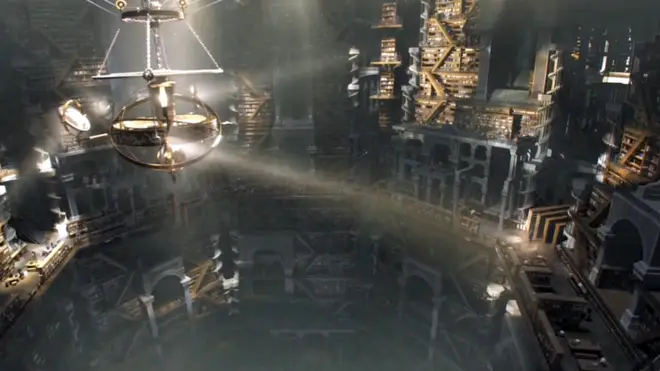
Between these major landmarks, we also see each of the houses' sigils on the astrolabe. While some have speculated these are 'clues' about what's to come in the series, they are, in fact, events that have already happened.
For those who may have missed it, here's what was shown on each of the astrolabe's bands:
1) Viserion burns down The Wall
As we've already touched upon, season 7 concluded with Daenerys' dragon, Viserion, falling into the hands of the Night King. It came when Jon Snow and his men went on a expedition north of The Wall to capture themselves a Wight, in order to prove their existence to Cersei and the rest of the Westeros leaders. Unbeknown to both Dany and Jon, the slain dragon (which was taken down by the Night King's ice spear), was turned into a Wight dragon, and used by the Night King to tear down The Wall so his Army of the Dead could invade Westeros.
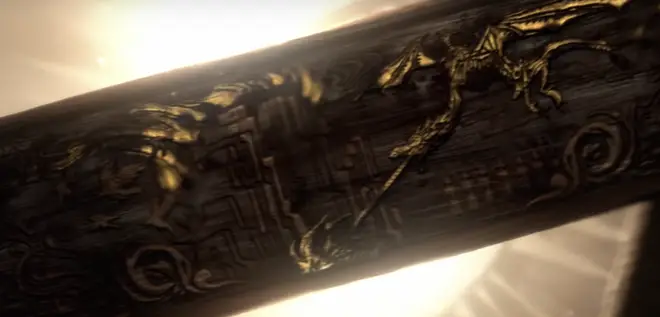
2) A direwolf is beheaded
The direwolf resembles the Starks and has long been their house's sigil. In the early days, Ned Stark gifted each of his children a direwolf - some of which are dead now. In season 7, Arya believed she came in contact with her own wolf, Nymeria, but it turned out not to be so.
At first glance, it could perhaps be perceived that this is in reference to Ned Stark's death at the end of season one. However, as the scene of the astrolabe depicts the beheading in front of the Freys' stronghold, The Twins, with the Lannister lion watching on, it is more likely to represent the 'Red Wedding', where the Freys slaughtered Robb and Catelyn Stark on the orders of the Lannisters.
Or both.
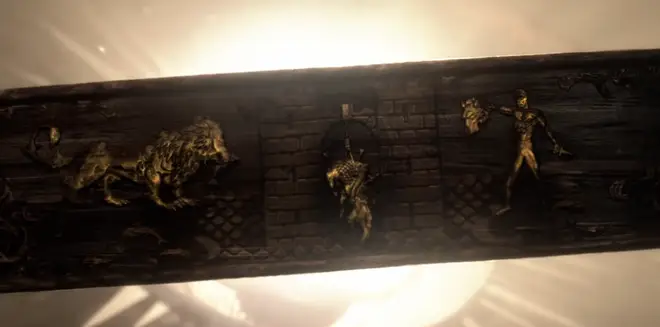
3) Four dragons and a comet
The red comet made an appearance in season 2. If you cast your minds back, the spectacle was visible across two continents - even in daylight.
Daenerys could see it, but so could those in the north. At the time, Bran was strapped to Hodor's back, as they were foraging in the forest near Winterfell with Osha. They're all discussing the significance of the comet and what it could mean; Bran speculates it could signify Robb's victory over the Lannisters, others claim it said the opposite, as red is the colour of the Lannisters. But Osha dismisses all the rumours and says a comet only means one thing: dragons.
So the comet is explained. But FOUR dragons, eh? Daenerys only has three (well, two now), and the Targaryen sigil is the Three-Headed Dragon. So where did the other one come from? This is something that even we - with all our Game of Thrones knowledge - can't even answer with confidence, as it could mean a plethora of things.
Firstly, the fourth dragon could represent Jon Snow. In season 7, we learnt that he was actually Daenerys' nephew, ergo, a Targaryen. So while there had previously been a dragon for Dany and her two brothers, Viserys and Rhaegar, there's now a fourth Targaryen to contend with.
Equally, the larger dragon could simply resemble the new version of Viserion, who has been reborn into an ultra-powerful undead dragon.
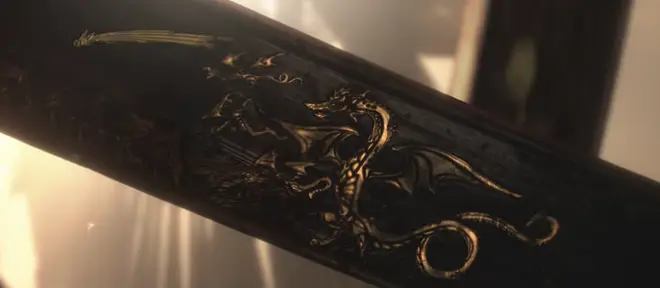
When can I watch Game of Thrones season 8?
The new series has kicked off already.
UK viewers can catch all the action every Monday from 9pm on Sky Atlantic, or stream via NOW TV.
US fans can watch it at 9pm on HBO.



















